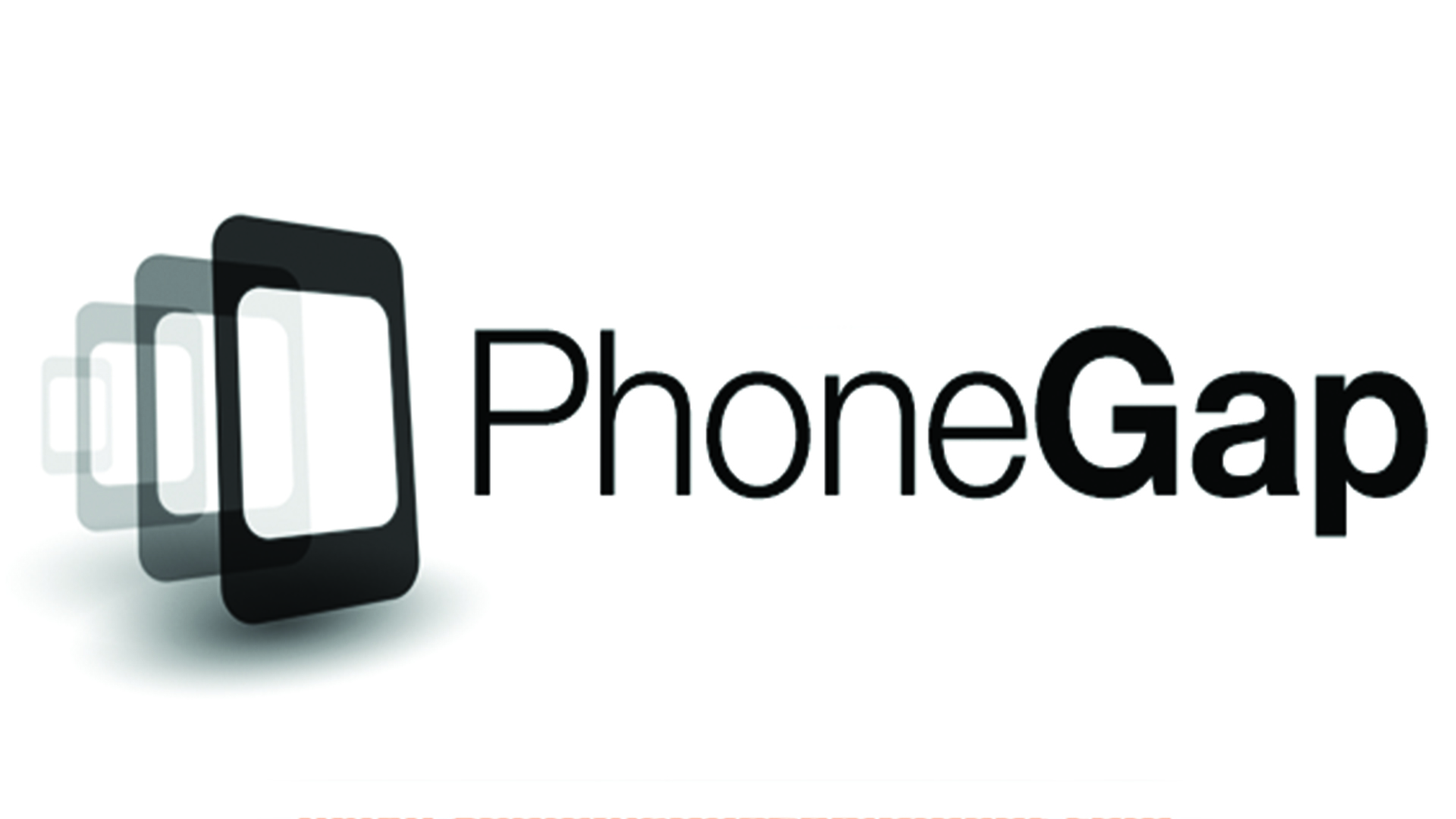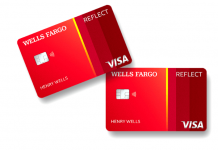Technology is wild these days, you can do things now that you would've thought you weren't qualified for. You can create your own app using PhoneGap, which is a mobile app development technology.
It enables developers to use HTML, JavaScript, and CSS to build applications. The first name of PhoneGap was "Apache Cordova," which was introduced by Nitobi. Adobe bought Nitobi, and Apache Cordova became PhoneGap.
When there are so many other frameworks out there, it is important for developers to know the reason why they should opt for PhoneGap. We're going to get into how you can use Phonegap to create an app.

When to Use PhoneGap
When you want to build a simple mobile web application with the touch of a native app, PhoneGap is a great answer. PhoneGap has the ability to access native APIs, but it isn't the best option for you if you want a robust native application.
All is basically focused on the requirements. If you have excellent software development experience, this PhoneGap would be useful for you and you can build an application that is more responsive than web apps.
The response is admirable, and you will be able to enjoy frameworks such as JQuery, Shensha, and stand among the other users to make your app look unique.
PhoneGap is free and is an open-source implementation of open standards. That entails developers and firms can use PhoneGap for free, commercial, open-source, or any combination for mobile applications.
How to Use PhoneGap
To install PhoneGap and get an app running on your mobile device within minutes, follow these steps.
- Install the desktop app. Download and install the latest PhoneGap Desktop app that is in beta at the moment.
- Have the mobile app installed. The PhoneGap Developer app is available on various platforms and helps you to run your PhoneGap project without code signing or compiling on your mobile device. In step 4, you'll combine this mobile app with the desktop app to preview your new app.
- Create your new app in PhoneGap. Open the PhoneGap Desktop app (which you installed in step 1) to begin with, and build a new project.
- You will need to link the PhoneGap Developer app that you installed in step 2 to the PhoneGap Desktop app that you started in step 3. The PhoneGap Desktop app launches a tiny web server to host your project.
- To immediately preview your modifications, modify any content, or add an alert message. At this point, you have a working PhoneGap app.

Some Advantages of PhoneGap
Before committing to it as a whole, you must understand PhoneGap's benefits and how it operates.
Apps Developed On PhoneGap Behave Like Native Apps
When they can tap into the phone and use features such as geolocation, accelerometer, camera, etc., the apps function like native apps.
This system taps into the hardware capabilities and, simultaneously, provides outstanding UX in the process.
It offers users who would hardly know that the app has been designed and introduced on a cross-platform basis with the best experience.
Maintains Uniformity Irrespective of the Platform
When starting out, every organization struggles to have a consistent presence across all channels. In Android, an app designed for iOS looks different and in Blackberry and Windows, the app designed for Android might look different.
But on every other platform, the applications that are built by PhoneGap would look identical. This is PhoneGap's other commendable value.
Conclusion
As discussed above, PhoneGap shores flexible steps that enable web engineers to use their current abilities to build code and submit it to multiple phases.
In simple terms, it offers a "WebView" with vast capabilities and various applications. Technology is amazing these days and you should use it to give yourself and the world a better life.






